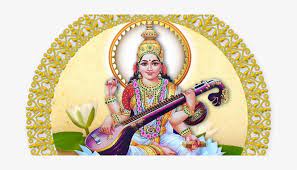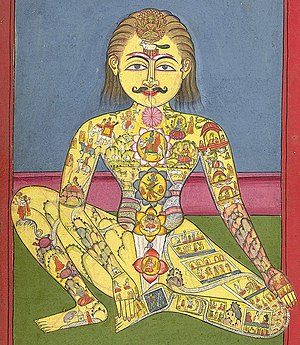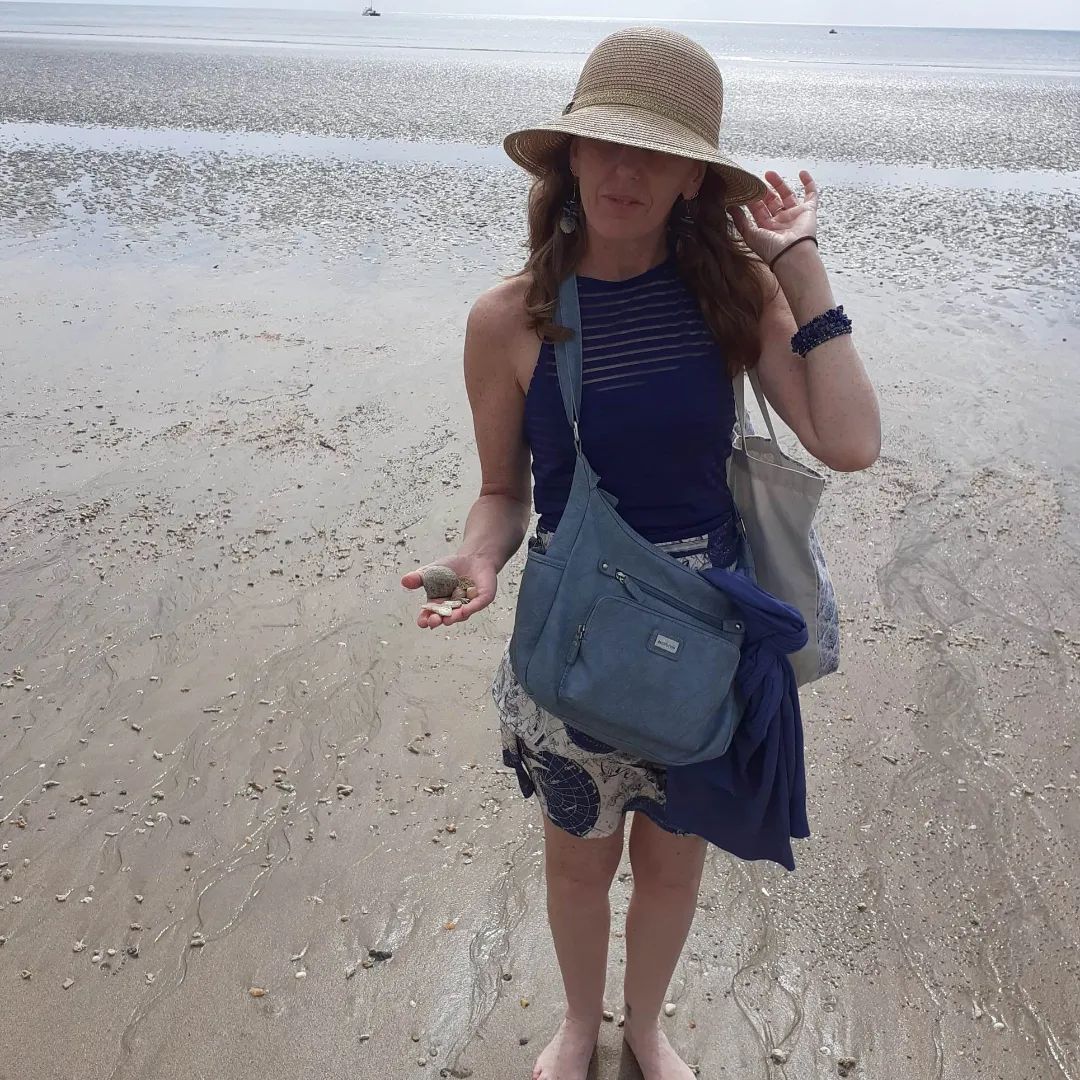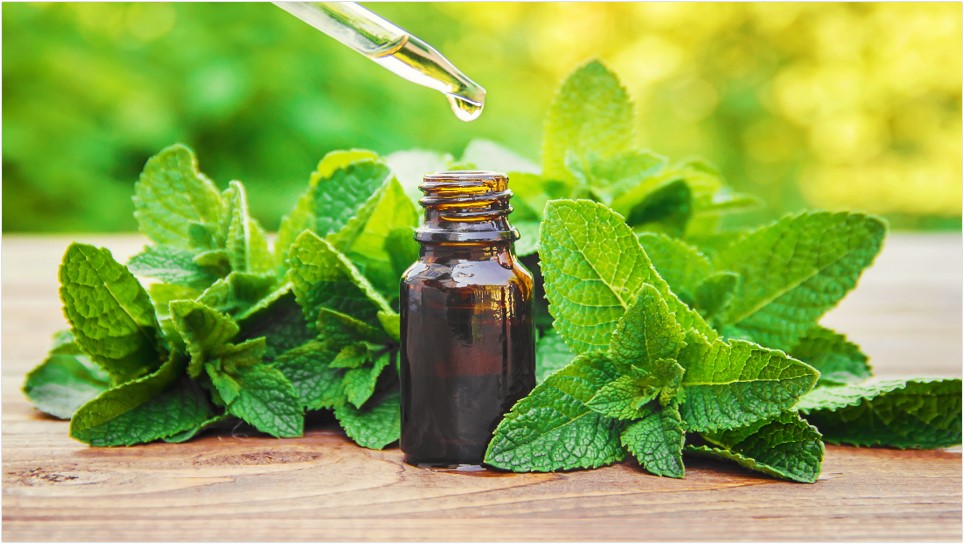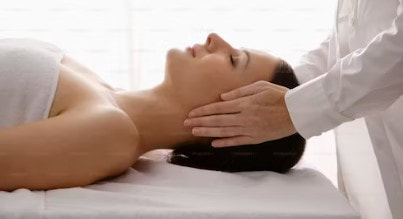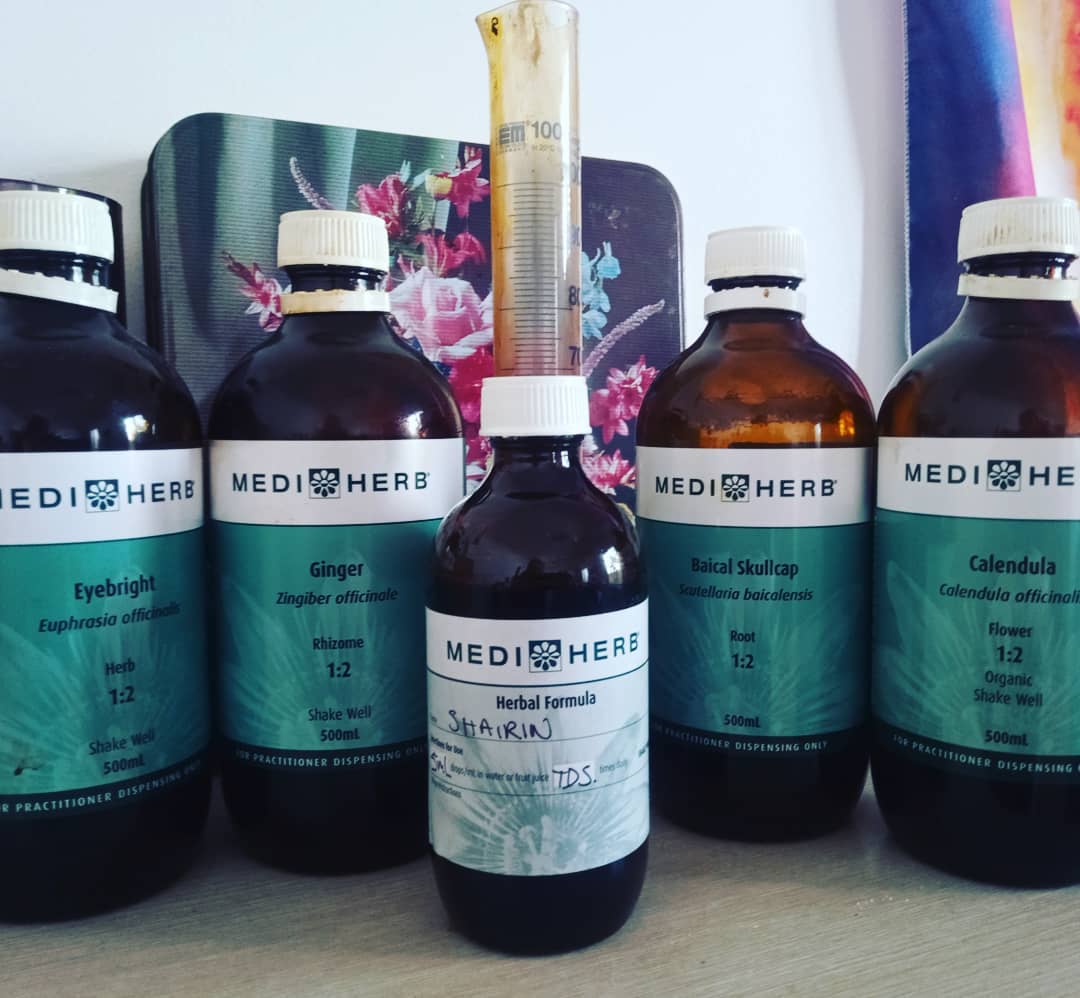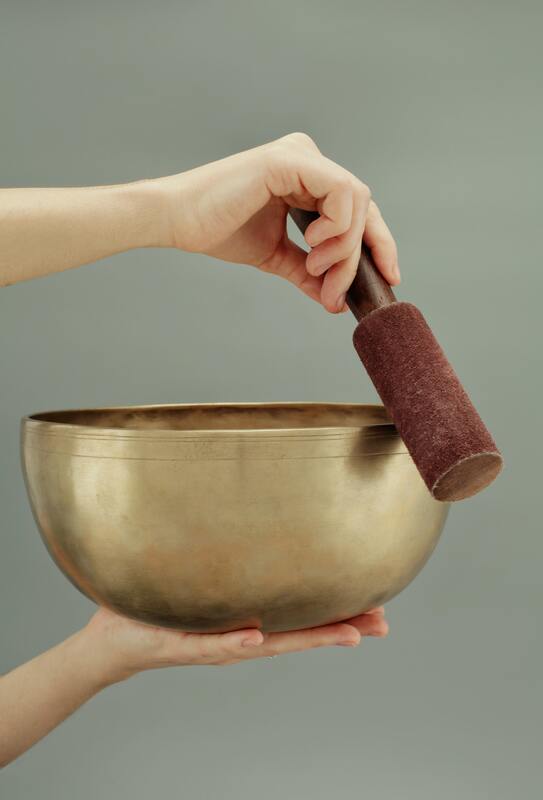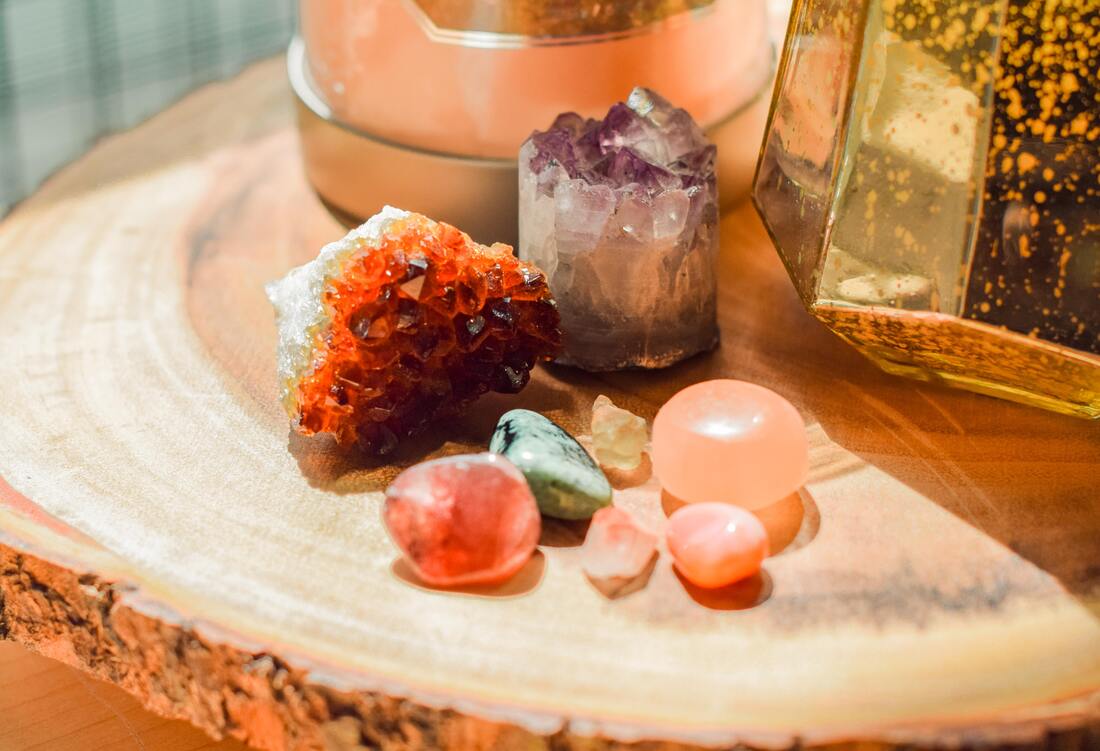Where is the Third Chakra? Solar Plexus or Navel?I was introduced to the concept of Chakras around twenty years ago and those first lines and pictures in an old occult book, that my friend showed me in his furious Saturn Return knowledge integration and light bulb frenzy, turned out to be closer to the truth than most of the Chakra stuff that I have seen since. I had the opportunity to visit India recently and I took the time to have private lessons with a Hatha Yoga teacher (Dr Prafullata). Yoga is Chakra work. It is the method of purifying the energy systems and allowing the energy circuits to flow freely in their divine power and have union of the powers within and connection to the Universe. That great all pervading essence that just is life itself. Yoga is Sanskrit for Union and Kundalini is the energy that you are born with and it sits in a coil at the base of the spine and provides nourishment and security throughout your life. There are a lot of warnings about raising Kundalini and rightly so. It is not a simple conjuring trick that unwinds a powerful sepent of energetic current from the base of your spine and then you are some kind of Cool Groovy Elite Awakened soul... It is a gently growing awareness and a move towards conscious action, thought, feeling and being that allows peace and calm balanced, thoughtful actions in the world and within. The Chakra positions as explained to me by my Guru are that each is at the back of the body near the spine and with palm outstretched and fingers extended one can find each of ones own chakras by measuring from the tip of the thumb to the tip of the liitle finger along the central channel of the body. Each of our chakric centres is alighned perfectly for us and our body proportions. During our Kundalini meditation masterclass my Guru described the base chakra as residing around the space of the perenium and the sacral chakra as being behind the top of the pubis. The third Chakra is located at the navel or close by. There is a large field that encompasses the solar plexus area yet this is also in the realm of the heart chakra and the inteplay of both will be significant in the manifestation, of this body areas energy field. This was a reminder and a revelation for me. In that first description of Chakras that I read many years ago with a friend, this was the description and the crown was white not violet. In the midst of my meditation I could tell that this description of the placement of the power centres made perfect sense and was the puzzle peice that had kept me from truly mastering Chakra knowledge and therefore a practice and method that could heal my world with implementation of chakra harmonizing practises. Each Chakra may be overly energized or of low ebb or so called blocked and each may even be both. The Chakras are as small disks, spheres and as great radiating funnels that stretch from a singular point near the spine to large swirling vortices either side of the body - front and back. The heart, throat, third eye and crown Chakras are a hand span above each to the next, yet attention to these is unwarranted until the grounded chakras are sturdy and secure. Yoga asanas (poses), Diaphahmatic breathing, relaxation techniques and healthy diet and lifestyle routines keep the whole body including the 108 Chakra points free flowing and balanced. One of Many depictions of Chakras from Eastern Philosophy:The Crown Chakra is a White flat discMany of our Western depictions and concepts of Chakras depict the crown chakra as Violet. The Chakras as with other colour reference symbolisms are different in different books and as they spread accross people time and cultures.
The most important thing is that our Mind is able to calm and centre when we want it to and that our foundations are stable. This is both physically and psychologically. This understanding is why I chose to study Naturopathy. Thinking is fantastic but the mind and chemically driven emotions function best when we eat, sleep and exercise well. Namaste. Origin: Egypt, Europe, Western Asia and Eastern Mediterranean.
Description: Family : Umbelliferae.Hardy annual, umbells of pinky - white flowers and feathery green leaves. Various chemotypes are found according to geographical location of same species. Plant Parts Used: Seeds, leaves, Aerial Parts. Properties: Narcotic ; mild laxative, digestive, carminative, appetite stimulant, analgesic, aphrodisiac, anti-oxidant, anti rheumatic, anti spasmodic, bacterialcidal, depurative, digestive, fungicidal, revitalising, stimulant ; cardial, nervous and circulatory, stomachic. Metaphysical Associations: Mars; Ares; Male - Yang; Fire; powdered seed in chalice of wine - love/ lust potion. Aphrodisiac; Incense can infuriate the mind for destructive purposes; binding love potion; protects the home; promotes peace; purifies the blood. Spiritual Qualities: Encourages longevity, cultivates an atmosphere of peace, cleanses emotional sphere. Medicinally: Tea from seeds purifies blood, clears complexion, strengthens urinary system, bladder infections, indigestion and colic (one cup before meals each day), digestive aid, joint pain, anorexia, spasm, poor circulation, flatulence, dysentery, piles, measles, nausea, toothache, painful hernia, stiffness, arthritis.Steeped as a tea (drink no more than 3 cups per day)-bathing/hydro therapy- aroma therapy-topically- Body Care: Spicy perfumes, eau-de-cologne, to cleanse and beautify the skin (poultice, cream, tea, bath), soaps, and toiletries. Home Crafts: Pot pourri (whole dried seeds fix oils in pot pourri), satchet mixes, incense, fragrance masker and enhancer in creams and perfumes, flavours tobacco, and makes nice fresh flowers. Culinary: Common ingredient in Indian curries, marmalade, gin, biscuits, pastry, mild garnish spice, gripe water, digestive remedies, liqueurs. Used by food industry especially meat products and by the pharmaceutical industry as a digestive and flavouring agent; ginger bread (dry seeds or roast to release sprey fragrance, marinades, meat, pickling spice, vinegars and oils, salads, and Mexican cuisine. Note: usually added to meals close to end of cooking process. Cautionary Note: Narcotic / very weak tea for children’s colic and indigestion for the elderly. Consult a Naturopath before taking large doses, especially when pregnant or lactating/breast feeding. In the Garden: All varieties (with the exception of Iman) are frost tender, plant in an open, sunny situation in good moist soil. In sheltered areas plant in close proximity in beds; keep moist. An unsuitable companion for dill or fennel; Shairin©7/2005. |
AuthorShairin - Naturopath and Usui Reiki Master/Teacher Ba. Health Science (Complementary and Alternative Medicine and Medical Systems - Naturopathy) is passionate about accurate natural medicine advice and teaching people how to enhance their natural health care in daily life. Categories
All
Archives
June 2024
|
